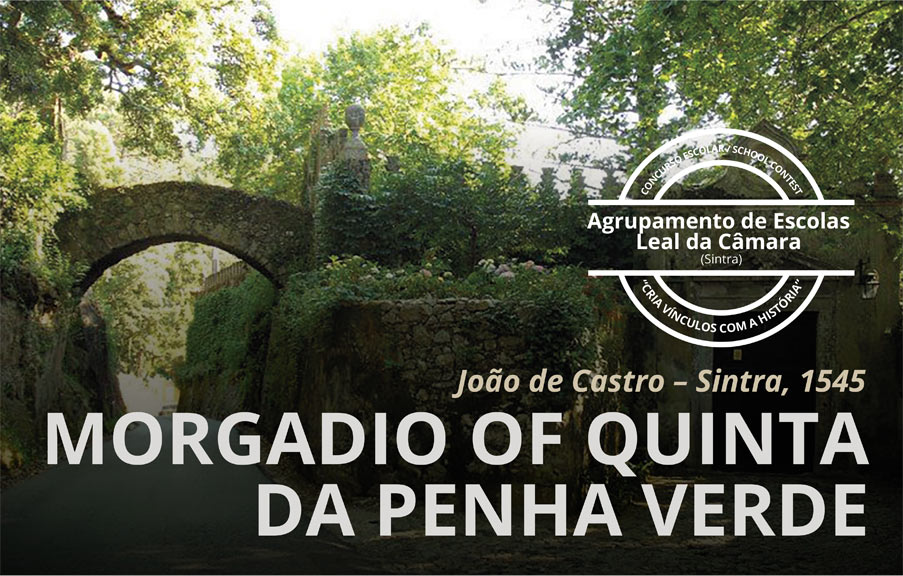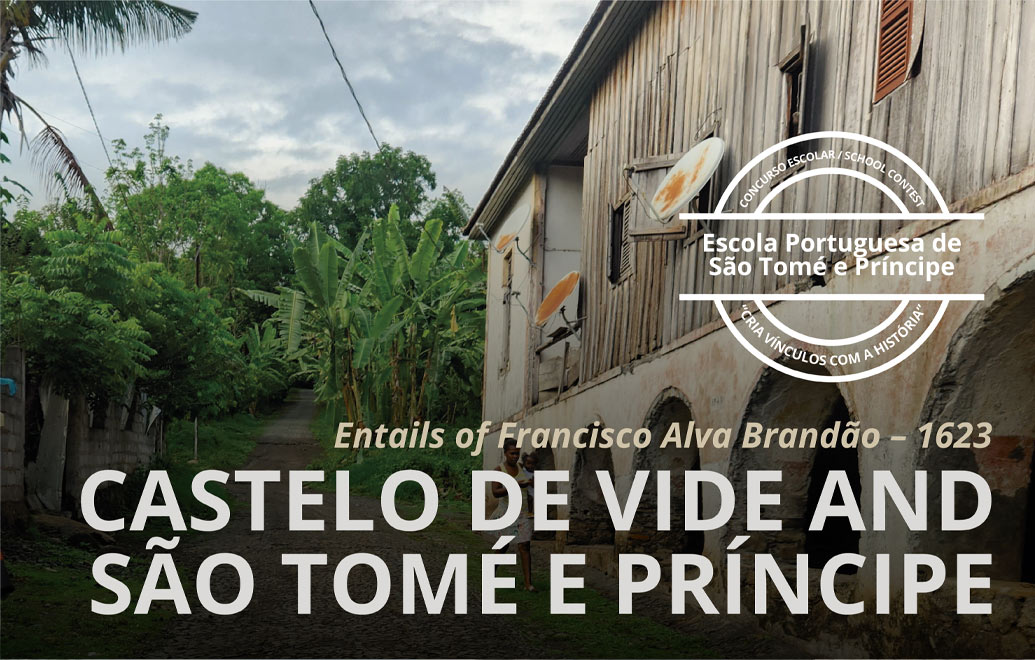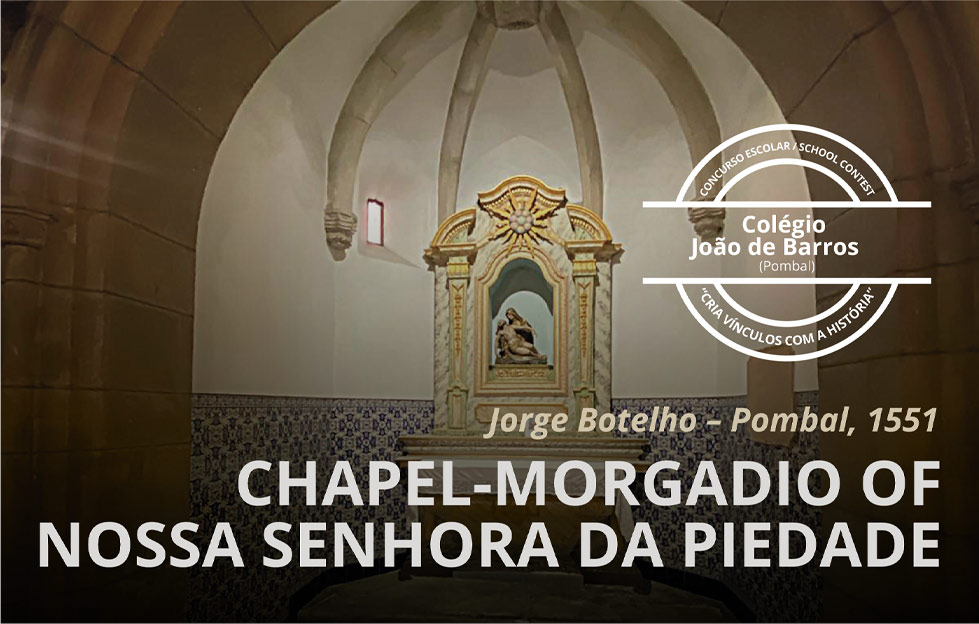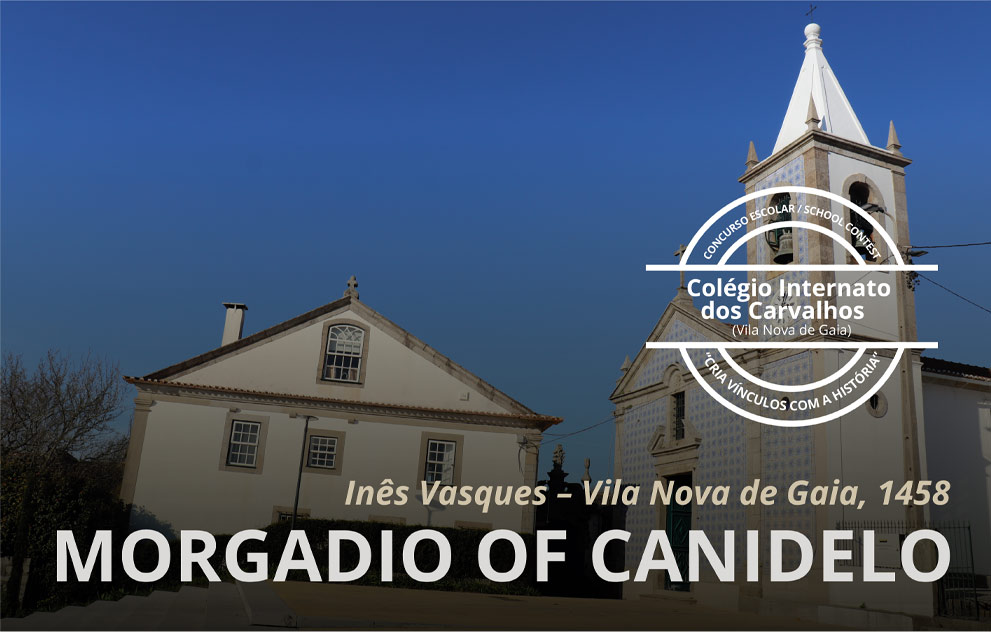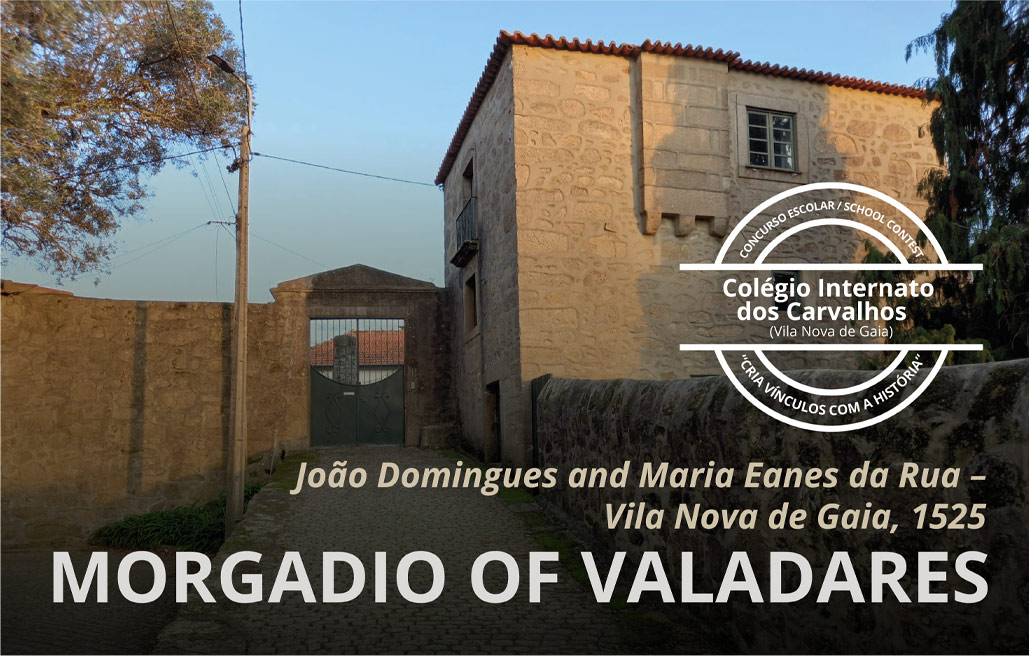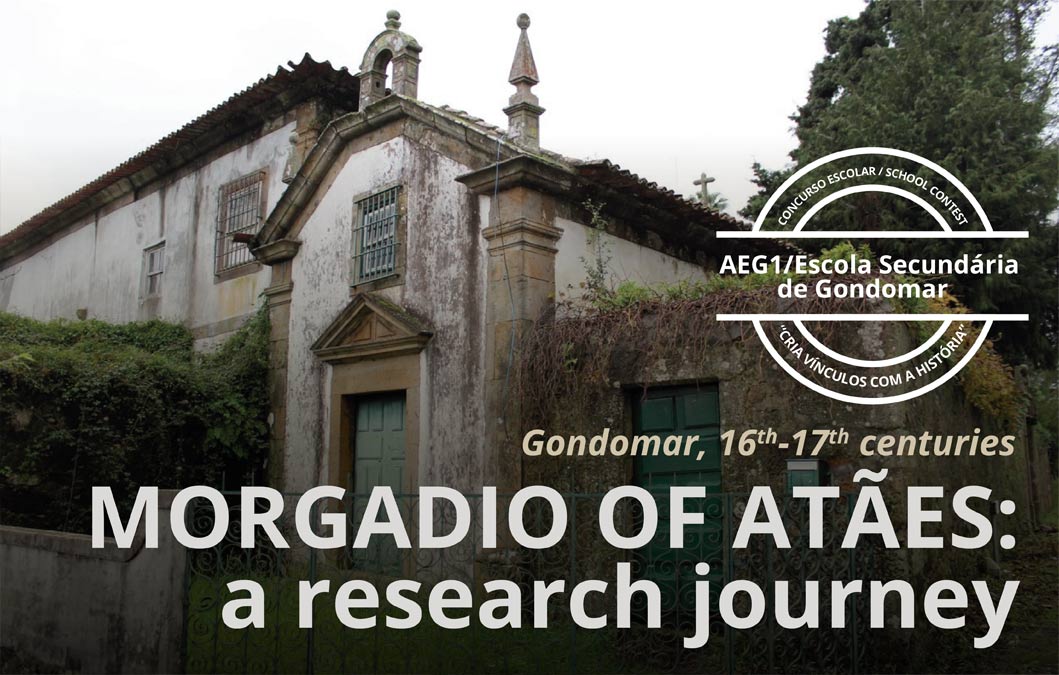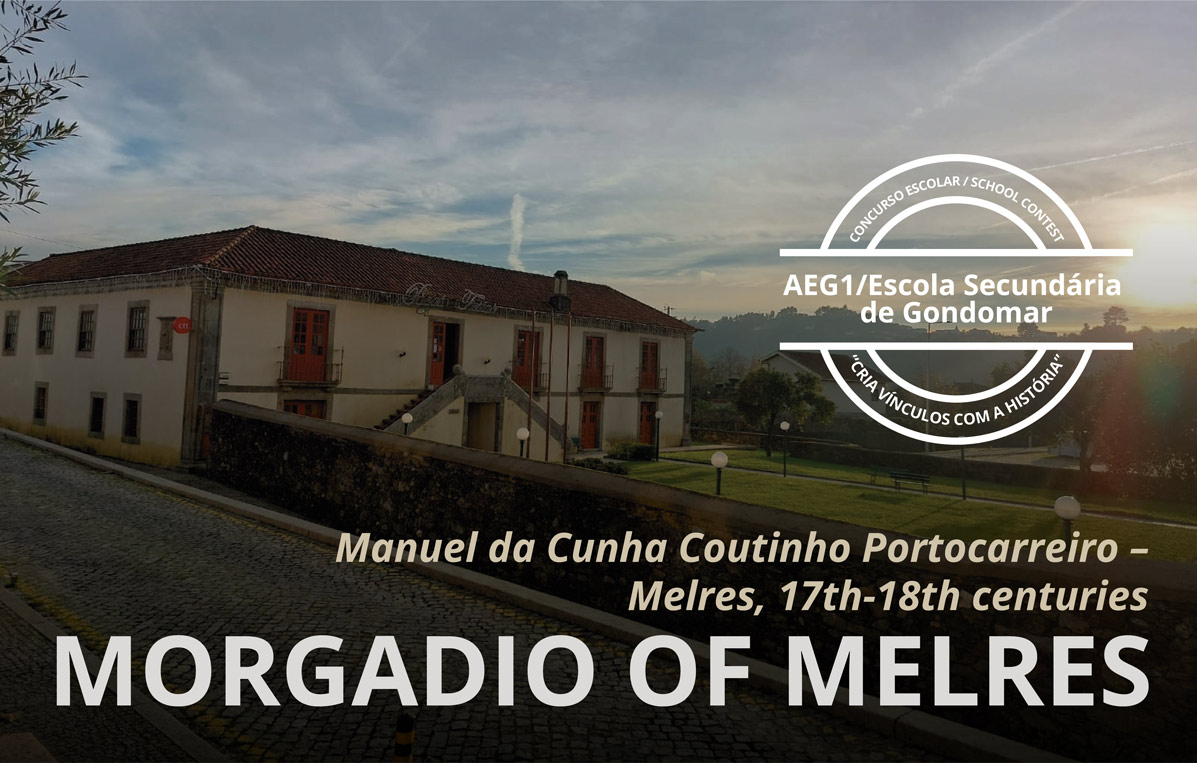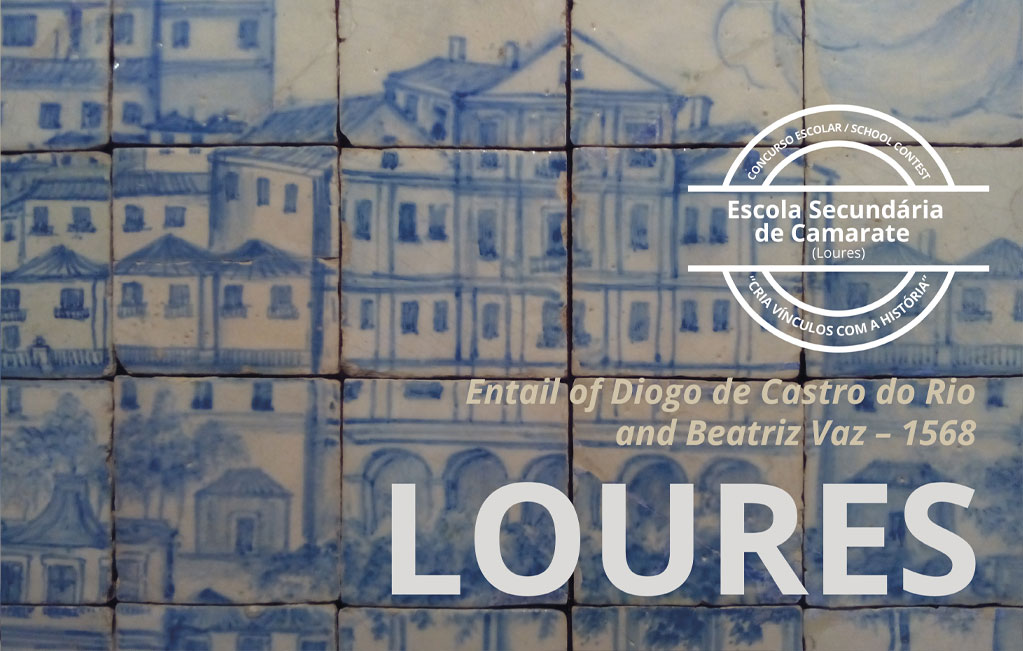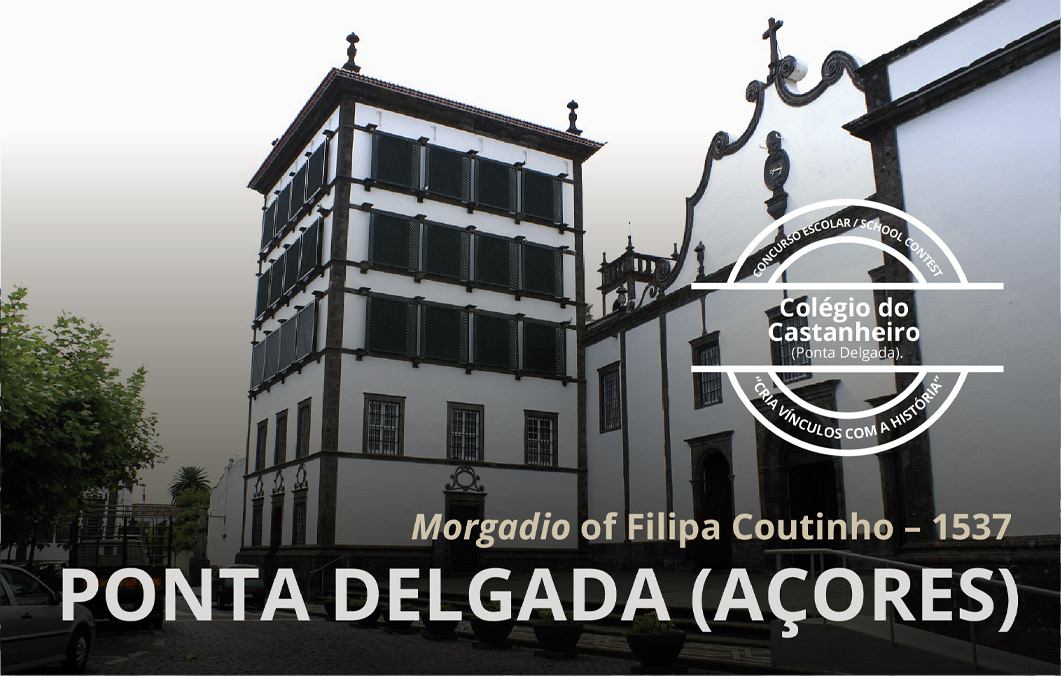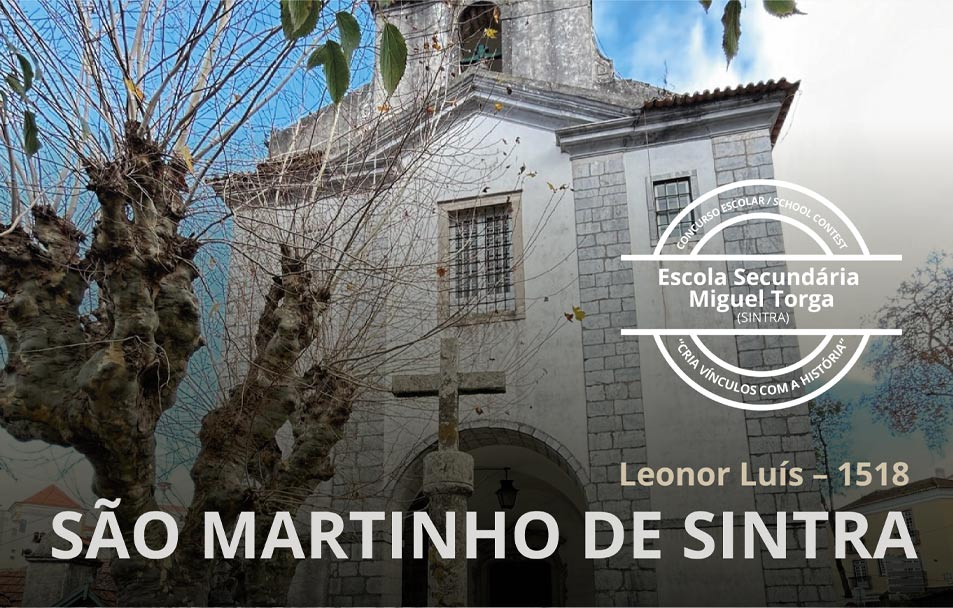Entail of the month (February, 2021)
Morgadio of Pindela, by Luís de Carvalho and Beatriz de Almeida
Pindela, 1526
The estate of Pindela, located in the current municipality of Vila Nova de Famalicão, was acquired by João Afonso do Prado in ca. 1442. Squire of King João I, João Afonso do Prado was the paternal grandfather of Luís de Carvalho, who founded and administered the morgadio of Pindela together with his wife Beatriz de Almeida. Luís de Carvalho’s will, made on the 12th May of 1526, reached us through a copy produced in 1724 at the request of the entail’s 8th administrator, João Machado Fagundes da Guerra Pinheiro e Figueira. In the absence of direct heirs, Luís de Carvalho and his wife adopted an equitable strategy for the distribution of assets, reserving its guardianship for their nephews, Simão Pinheiro and Leonor de Almeida, under the condition of marrying one another. In O Morgadio de Pindela (1999), the author João Afonso Machado traced the intergenerational dynamics of the House of Pindela through the revival of oral traditions and the family’s archive, in an effort to preserve the family’s memory. His work was at the basis of the production of the present “Entail of the Month”.
It was during the second administration held by the couple Manuel Figueira and Ana Pinheiro (Simão Pinheiro and Leonor de Almeida’s daughter) that the morgadio had its estate enlarged with the incorporation of previously owned lands. This enlargement was made possible by means of a deed granted in the Casa do Passadiço on the 6th July 1593, so that “for the times to come those who succeed them should be principal people who can give luster and honor their blood and generation and praise the first instituters” (Arquivo Casa de Pindela, Pasta nº 1, doc. nº 1-D, nota 11, p. 35 apud MACHADO, 1999, p. 35). The 3rd morgado, Miguel Pinheiro Figueira, took charge of adding the remaining family assets to the morgadio of Pindela by public instrument produced on the 15th May 1617. On this public instrument, Figueira prevented his heirs from alienating the assets and ensured they would preserve the surname Figueira, a clause that should be added to the one already in charge of preserving the surnames “of Pinheyros or Carvalhos” (Arquivo Casa de Pindela, 6038, fl. 2 v.º). The deed also excluded from the succession those who would marry someone from “[the] nation of new christians, moors or other infected nation”; or were found guilty of crimes of lèse-majesté, in order to prevent the seize of the estate (MACHADO, 1999, pp. 36-37). The successor of Miguel Pinheiro Figueira, José Pinheiro Lobo, was responsible for adding the Capela de Nossa Senhora da Conceição to the manor house.
The last decades of the 17th century were characterized by succession instability and attempts of appropriation of Pindela’s assets by Manuel de Vasconcelos e Sousa, the husband of Isabel Figueira, niece of the 5th administrator José Pinheiro Lobo. While the responsibility of Lobo’s murder fell unjustly on his nephew and supposed heir João Machado Fagundes da Guerra Pinheiro e Figueira, Vasconcelos e Sousa rapidly took advantage from the murder and attempted to seize Pindela’s estate from Veríssimo Pinheiro Lobo. Despite his young age and bastard affiliation, Veríssimo Pinheiro Lobo had been recognized in the meantime as the 7th morgado (MACHADO, 1999, p. 60). On a night of August 1679, Pindela was occupied by individuals who, in the name of Vasconcelos e Sousa, demanded the expulsion of Veríssimo Pinheiro Lobo. Twenty years would pass before the Pinheiro-Figueira could reassume their role of administrators of the morgadio of Pindela and their return was only made possible after a papal pardon was granted to João Machado Fagundes da Guerra Pinheiro e Figueira. João Machado’s administration started with the entail’s foundation deed presented before the local notary, who transcribed the copy available to us today, and which provisions would justify his powers by inheritance.
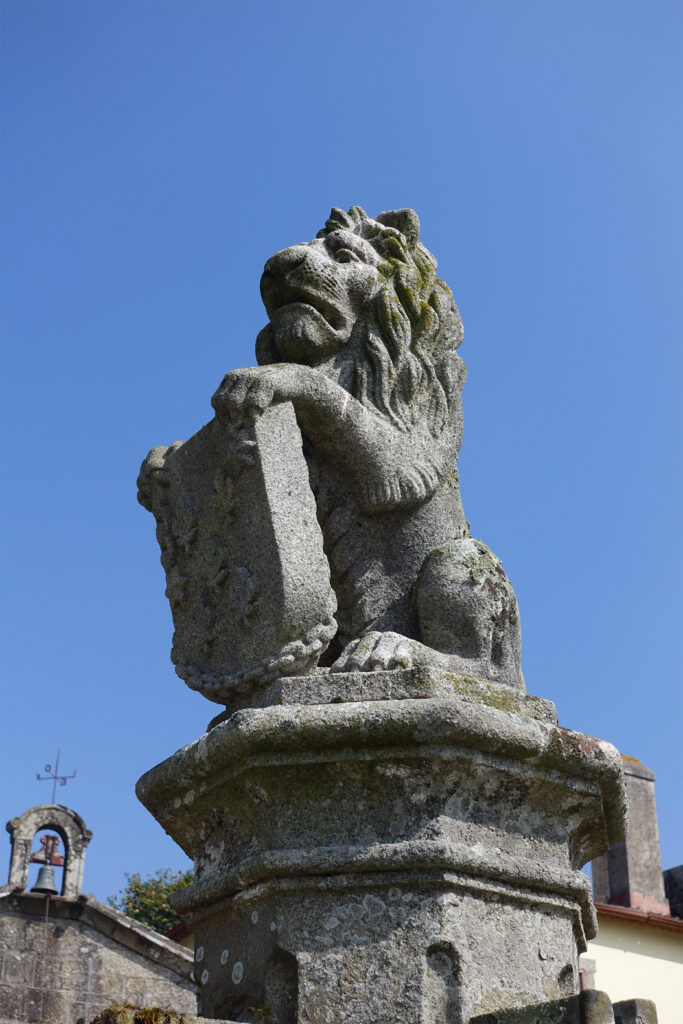 It was during the second administration held by the couple Manuel Figueira and Ana Pinheiro (Simão Pinheiro and Leonor de Almeida’s daughter) that the morgadio had its estate enlarged with the incorporation of previously owned lands. This enlargement was made possible by means of a deed granted in the Casa do Passadiço on the 6th July 1593, so that “for the times to come those who succeed them should be principal people who can give luster and honor their blood and generation and praise the first instituters” (Arquivo Casa de Pindela, Pasta nº 1, doc. nº 1-D, nota 11, p. 35 apud MACHADO, 1999, p. 35). The 3rd morgado, Miguel Pinheiro Figueira, took charge of adding the remaining family assets to the morgadio of Pindela by public instrument produced on the 15th May 1617. On this public instrument, Figueira prevented his heirs from alienating the assets and ensured they would preserve the surname Figueira, a clause that should be added to the one already in charge of preserving the surnames “of Pinheyros or Carvalhos” (Arquivo Casa de Pindela, 6038, fl. 2 v.º). The deed also excluded from the succession those who would marry someone from “[the] nation of new christians, moors or other infected nation”; or were found guilty of crimes of lèse-majesté, in order to prevent the seize of the estate (MACHADO, 1999, pp. 36-37). The successor of Miguel Pinheiro Figueira, José Pinheiro Lobo, was responsible for adding the Capela de Nossa Senhora da Conceição to the manor house.
It was during the second administration held by the couple Manuel Figueira and Ana Pinheiro (Simão Pinheiro and Leonor de Almeida’s daughter) that the morgadio had its estate enlarged with the incorporation of previously owned lands. This enlargement was made possible by means of a deed granted in the Casa do Passadiço on the 6th July 1593, so that “for the times to come those who succeed them should be principal people who can give luster and honor their blood and generation and praise the first instituters” (Arquivo Casa de Pindela, Pasta nº 1, doc. nº 1-D, nota 11, p. 35 apud MACHADO, 1999, p. 35). The 3rd morgado, Miguel Pinheiro Figueira, took charge of adding the remaining family assets to the morgadio of Pindela by public instrument produced on the 15th May 1617. On this public instrument, Figueira prevented his heirs from alienating the assets and ensured they would preserve the surname Figueira, a clause that should be added to the one already in charge of preserving the surnames “of Pinheyros or Carvalhos” (Arquivo Casa de Pindela, 6038, fl. 2 v.º). The deed also excluded from the succession those who would marry someone from “[the] nation of new christians, moors or other infected nation”; or were found guilty of crimes of lèse-majesté, in order to prevent the seize of the estate (MACHADO, 1999, pp. 36-37). The successor of Miguel Pinheiro Figueira, José Pinheiro Lobo, was responsible for adding the Capela de Nossa Senhora da Conceição to the manor house.
The last decades of the 17th century were characterized by succession instability and attempts of appropriation of Pindela’s assets by Manuel de Vasconcelos e Sousa, the husband of Isabel Figueira, niece of the 5th administrator José Pinheiro Lobo. While the responsibility of Lobo’s murder fell unjustly on his nephew and supposed heir João Machado Fagundes da Guerra Pinheiro e Figueira, Vasconcelos e Sousa rapidly took advantage from the murder and attempted to seize Pindela’s estate from Veríssimo Pinheiro Lobo. Despite his young age and bastard affiliation, Veríssimo Pinheiro Lobo had been recognized in the meantime as the 7th morgado (MACHADO, 1999, p. 60). On a night of August 1679, Pindela was occupied by individuals who, in the name of Vasconcelos e Sousa, demanded the expulsion of Veríssimo Pinheiro Lobo. Twenty years would pass before the Pinheiro-Figueira could reassume their role of administrators of the morgadio of Pindela and their return was only made possible after a papal pardon was granted to João Machado Fagundes da Guerra Pinheiro e Figueira. João Machado’s administration started with the entail’s foundation deed presented before the local notary, who transcribed the copy available to us today, and which provisions would justify his powers by inheritance.
The entail of Pindela reaches contemporaneity with four centuries of heritage accumulation and family expansion, emerging in the 1800s as a small political and cultural center. The Liberalism advent brought the family mobilization alongside D. Miguel and against the constitutionalist wave, a movement supported by nobles and morgados of Entre Douro E Minho (MACHADO, 1999, p. 93). As a result, the 11th morgado, Vicente Machado de Melo Pinheiro, marked his presence in the ranks of the traditionalist party and in movements in support of D. João VI. Due to the direct influence of D. Miguel, Vicente Machado de Melo Pinheiro was even granted with the Ordem Militar da Torre e Espada. Some years later and within an anticabralista context, his successor, João Machado Pinheiro, continued to embrace the Miguelista cause and in 1846 joined the cartista party in a new attempt to put D. Miguel on the throne. The attempt failed but not the family mobilization for the preservation of their morgadio rights and, five years later, in 1851, Pinheiro declared his support for the Duke of Saldanha government of Regeneração, maintaining a public career until 1888. At the turn of the 20th century, the House of Pindela flourished as an active cultural center, with “evenings of philosophy and ideas criticism”, gathering names such as Camilo Castelo Branco, Eça de Queiroz, Ramalho Ortigão and Oliveira Martins (MACHADO, 1999, p. 112). The administrators of Pindela declared themselves as part of a romantic generation of assiduous presence at literary soirées.
Throughout its six hundred years, the House of Pindela and its administrators have been both spectators and actors of the national history, both in the political and in the cultural context, as above mentioned. From the beginning, the lineage kept a close cooperation with the Crown, as noted by Felgueiras Gaio in his declaration that Pinheiros from Barcelos were “the most respectable branch for the much that enlarged and allied to the most illustrious families of the kingdom and the court” (GAIO, v. XXIV, 1940, p. 9). The estate of Pindela is now partially converted in rural tourism and in 2012 was considered a monument of public interest given the “aesthetic and technical value of the good, to the architectural and landscape design” (Diário da República, Portaria n.º 740-DG/2012).
Joana Soares, Maria Beatriz Merêncio, Alice Borges Gago, Margarida Leme, Rita Sampaio da Nóvoa (with the collaboration of João Afonso Machado and Luísa Alvim).
In collaboration with Arquivo Municipal Alberto Sampaio.
Arquivo Municipal Alberto Sampaio – Arquivo da Casa de Pindela, 1ª geração, Luís de Carvalho e Beatriz de Almeida (ACP 6038).
Arquivo Nacional da Torre do Tombo – Registo Geral de Mercês de D. Luís I, liv. 40, fl. 28. Available at: https://digitarq.arquivos.pt/ViewerForm.aspx?id=2039930 [accessed January 27, 2021].
Diário da República – Portaria n.º 740-DG/2012, 2.ª série, n.º 248 (suplemento), de 24-12-2012. Available at: https://dre.pt/application/dir/pdf2sdip/2012/12/248000001/0007500075.pdf [accessed January 29, 2021].
Direção-Geral do Património Cultural – Casa, quinta e mata de Pindela. Disponível em: http://www.patrimoniocultural.gov.pt/pt/patrimonio/patrimonio-imovel/pesquisa-do-patrimonio/classificado-ou-em-vias-de-classificacao/geral/view/341985 [accessed January 29, 2021].
GAIO, Manuel Felgueiras – “Origem dos Pinheiro”, in Nobiliário de Famílias de Portugal, vol. XXIV, Braga, Agostinho de Azevedo Meirelles & Domingos de Araújo Afonso, 1940, pp. 9–120. Available at: https://purl.pt/12151 [accessed January 25, 2021].
MACHADO, João Afonso – O Morgadio de Pindela, [s.l.], [s.e.], 1999.
Other entails of the month



